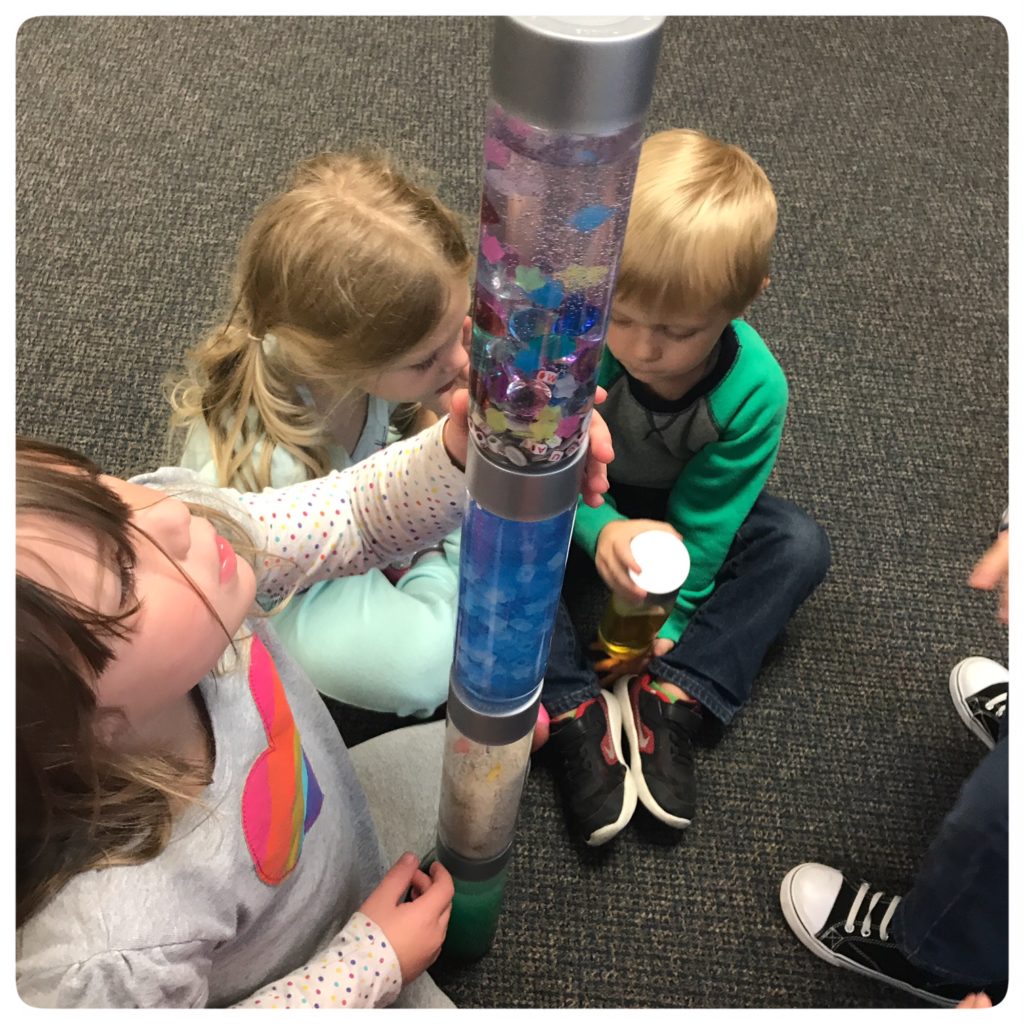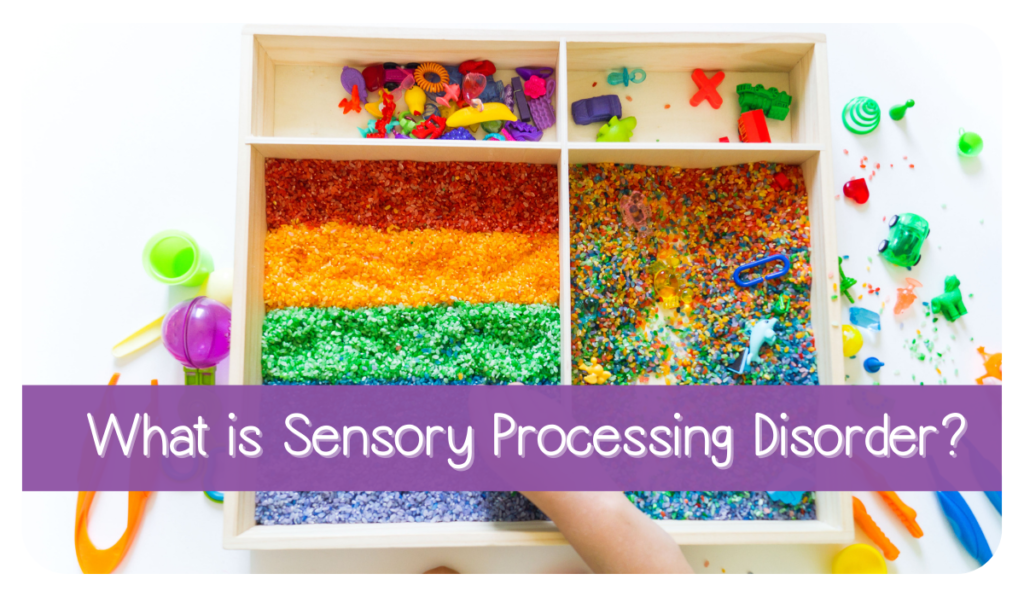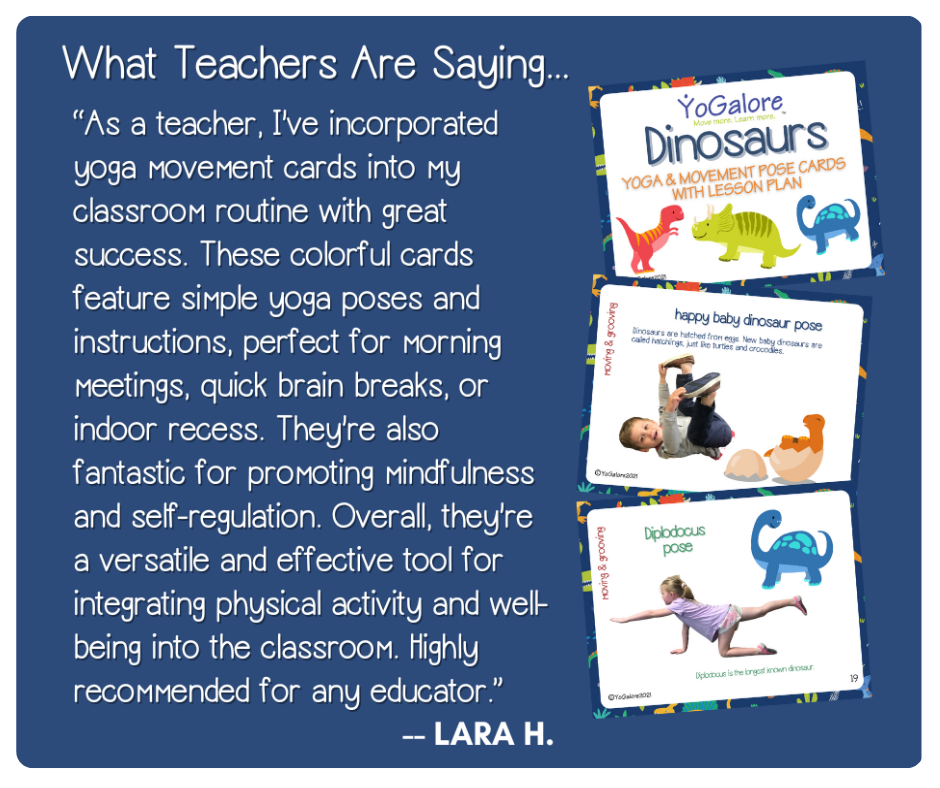Sensory Processing Disorder occurs when the brain cannot process information correctly when it is sent information by the senses. Often Sensory Processing Disorder (SPD) is paired with other diagnoses such as autism, cerebral palsy, dyspraxia, ADD, ADHD as well as countless others. Children who have a sensory processing problem do not always show the same outward characteristics.
Children with SPD care either hypersensitive or hyposensitive to outside stimuli. A hyposensitive child will usually love to swing, spin around, love to be given tight “squeeze hugs” and constantly seeks input for satisfaction. A hypersensitive child might not like to play playdough or perhaps noises that may not bother them, are deafening (can even be painful) to her.

Children can have more than one kind of processing deficit. They may also have auditory/visual deficits as well. If a child has an auditory processing problem, it may be hard for him to be given three or four things to do at a time. Directions may need to be broken up. You may have to simplify your language so he doesn’t have to “filter out” all the unnecessary words you are using. He might just need the basics. If a child has a visual processing problem, she might not be able to find a particular object on a page with other items pictured. Sometimes there’s just too much information for the brain to “sort through”.
The good news is that with a good sensory diet (activities that are specifically designed to help a child with certain deficits) these children can learn to better adapt to the world around them. Many children with Sensory Processing Disorder work regularly with an occupational therapist who helps the entire family learn skills and activities which make it easier for the whole family to work together to help a child with SPD.
For children who have a hard time “calming their bodies down”, they may need to go through an obstacle course that Mom or Dad sets up in the family room, where they have to crawl on their belly or climb over pillows, any activity that can get them moving and make them work hard. Once they have had some quality “heavy work”, they are better able to sit down and do homework or focus on a more quiet activity. For children who may need more stimulation, there are activities for them as well. Playing in Gak (homemade slime) or a sensory table can help children “wake up”.
While Sensory Processing Disorder can affect a child’s daily life, there are many activities and therapies that can help these children go on to lead very normal, high-functioning lives.
For more information and fun activities:
https://yogaloreandmore.com/water-beads/
https://yogaloreandmore.com/sensory-tables/







11 Responses